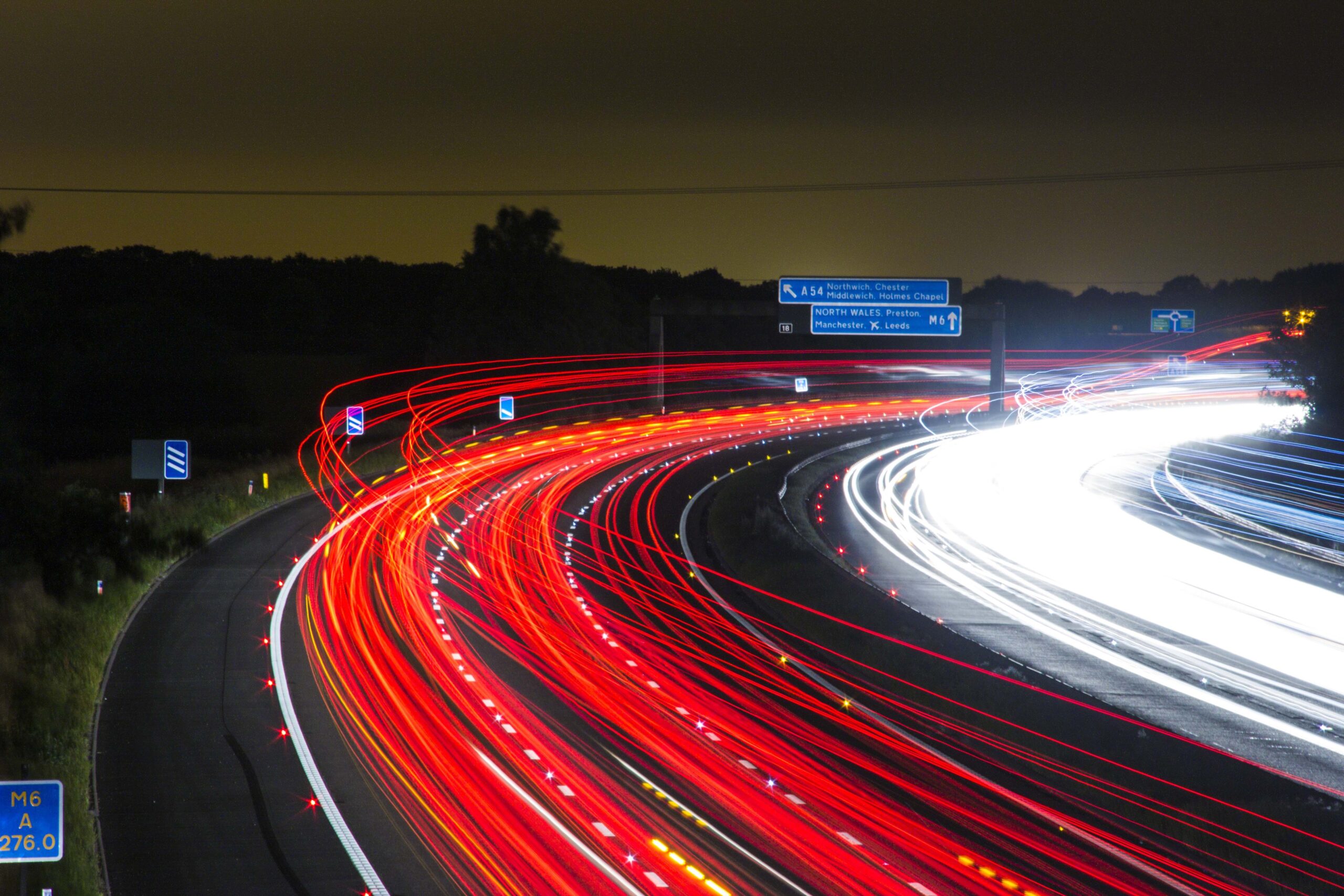The UK collected £200 million less vehicle tax in the six months after the paper tax disc was abolished, in comparison to the previous year.
According to figures obtained by the Financial Times, the move to a digital system – which took place in October 2014 – caused a loss in revenue for the Driver and Vehicle Licensing Agency.
Related content
Taking it back in-house
DVLA technology chief Iain Patterson recruited by Government Digital Service
It reports that between October 2014 and March 2015, £2.7 billion was collected in Vehicle Exercise Duty, £223m lower than the amount collected between October and March 2014.
It adds that between April and September 2014 – just before the change – it collected £3.2bn, which was comparable to the previous year.
Figures for the whole year October 2014 to October 2015 are expected to be made public after the EU referendum on 23 June.
The DVLA’s latest annual report puts the cost of digitising the service at £1m.
In that report, the National Audit Office said that the change to digital has “likely contributed to an initial increase in reported levels of non-payment”. This will have caused the DVLA to resort to an increased use of its debt collection agency Marston Holdings, the FT said.
Oliver Morley, DVLA chief executive, said: “Almost 99 per cent of all vehicles on the road are correctly taxed: that’s around £6bn in vehicle tax passed to the Treasury every year.”
“We write to every registered vehicle keeper in the UK to remind them when their tax is due and we have introduced a range of measures to make vehicle tax easy to pay — such as direct debit or online. At the same time we are taking action against those who are determined to break the law.”
Image credit: Flickr – brett jordan



